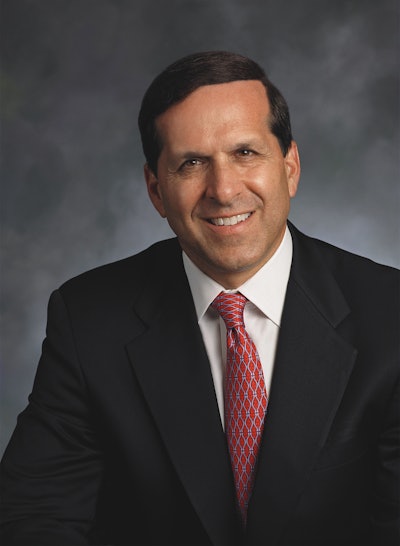
Dentists across the country are asking the question, “When will the staffing shortage end?” The answer is not any time soon. The staffing shortage was an emanation of the “great resignation” that took place during the pandemic, and it will take time and training to bring staffing levels back to the desired level.
Practices are suffering from staff resignations, training deficits, new team members unfamiliar with dentistry, and higher compensation at every position. All of these are issues that must be addressed. But perhaps the bigger question is how to maintain or increase practice production despite the staffing shortages.
Simplify the practice
Over the last 30 years, dental practice has become more complex. We have new materials, more complex software systems, emerging technologies, and new services -- all of which require time, education, and learning curves.
And all of this is happening during a staff shortage -- one that is compounded by the reality that many new staff members are coming in at a lower level of knowledge, training, or quality than ever before. In today’s world, whatever training and education a new person brings to their job typically must be supplemented in the practice.
A theme currently taught in business schools is to simplify and this can be applied to dental practice businesses as well. Team members need to be taught the following:
- Exactly what they are to do
- Exactly how to do it
- What results are expected
Most team members handle functions that are not extraordinarily complex. Answering phones, filing insurance, collecting money, scheduling patients in the right time blocks, confirming patients, etc., are all simple on their own. It is the day-to-day chaos that occurs in dental practices that throws things into disarray.
So, how do you simplify? You help each team member to know the exact actions that are required each day of the week. Some actions are daily, some are weekly, and some may even be quarterly. If you have an office manager, that person should have a key action list of what is to be done by each team member and when.
Understand the meaning of 'exactly'
When I use the word “exactly,” it is not just a word. It is a business model. Team members who do exactly what needs to be done, know exactly how to do it, and understand the expected results will learn faster and better than others. The responsibility of the practice is to educate these team members as quickly as possible. This all goes back to that fundamental foundation of having excellent practice systems. Let’s break this down.
First, a team member needs to know exactly what to do. The word “exactly” is deliberate and leaves no room for interpretation. If collections are to be done daily, then they need to be done each day. If overdue patients are to be contacted daily with a series of phone calls and text messages over a number of weeks, then that is exactly what should be done on the exact timeline.
Second, team members need to know exactly how to do it. This is where systems come into the equation. Do not expect team members to perform at the highest level if you do not have systems at the highest level.
Businesses run on systems and succeed by systems. There can be no compromise on this principle. However, it is also essential to update systems regularly, at least every three years at the pace dentistry is changing.
Third is understanding the expected results. The more you can put numbers behind a result, the better the team will understand what they are trying to achieve. One of our mantras at Levin Group is “study the numbers,” and we find it makes a tremendous difference when people understand the measuring tool being used and the goal that they need to strive for.
Simplify, simplify, simplify
Evaluate each job in the practice and eliminate any unnecessary activity. In some cases, software or technology can make the difference. If a digital impression is not perfect, that can be easily rectified.
New technology workflow allows doctors to delegate significantly more than ever before. Simplification means stripping away any waste of time and effort, making each job as easy as possible, and ensuring that each team member knows exactly what to do, exactly how to do it, and the exact expected result.
Summary
One antidote to the staffing challenge is to simplify the practice. The three steps outlined in this article can help accomplish that very quickly. Each team member needs to know exactly what to do, exactly how to do it, and the exact expected result. When that occurs, all team members will learn faster and perform better. It simplifies the job, ensures that the right work gets done, and elevates current team members to a much higher level of performance. This is exactly what you need to do.
Dr. Roger P. Levin is CEO of Levin Group, a leading practice management and marketing consulting firm. To contact him or to join the 40,000 dental professionals who receive his Practice Production Tip of the Day, visit LevinGroup.com or email [email protected].
The comments and observations expressed herein do not necessarily reflect the opinions of DrBicuspid.com, nor should they be construed as an endorsement or admonishment of any particular idea, vendor, or organization.



















